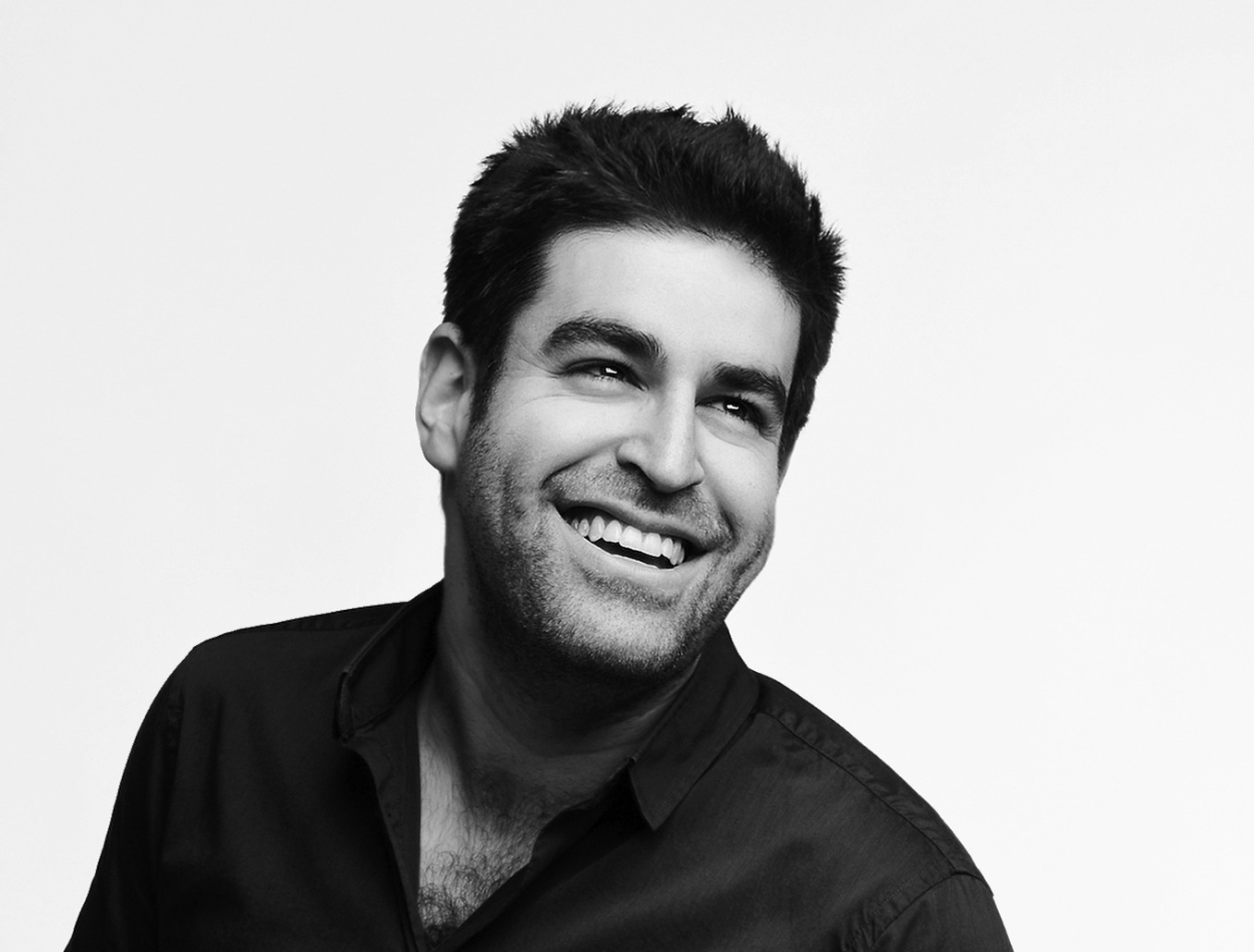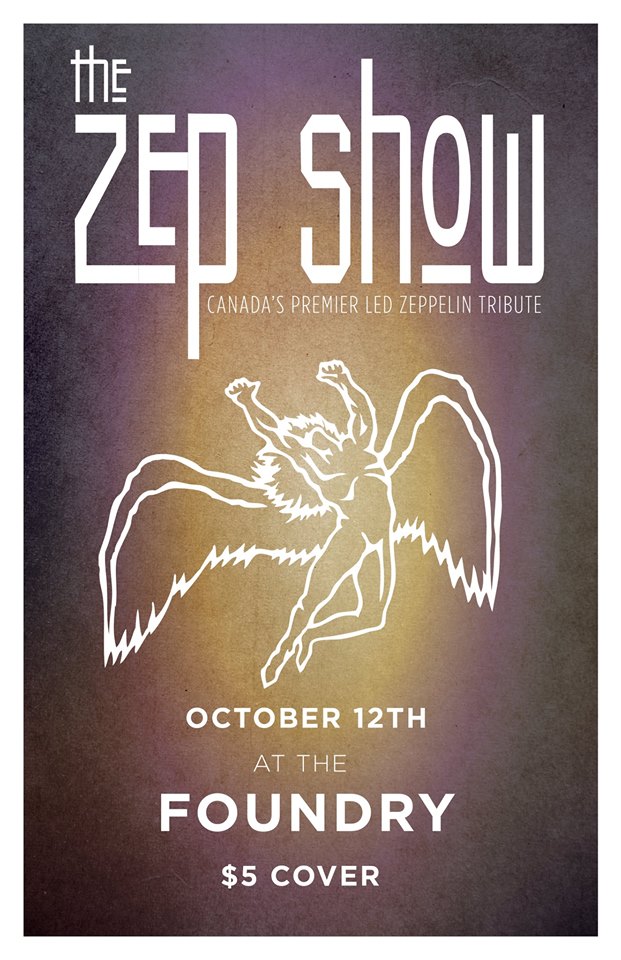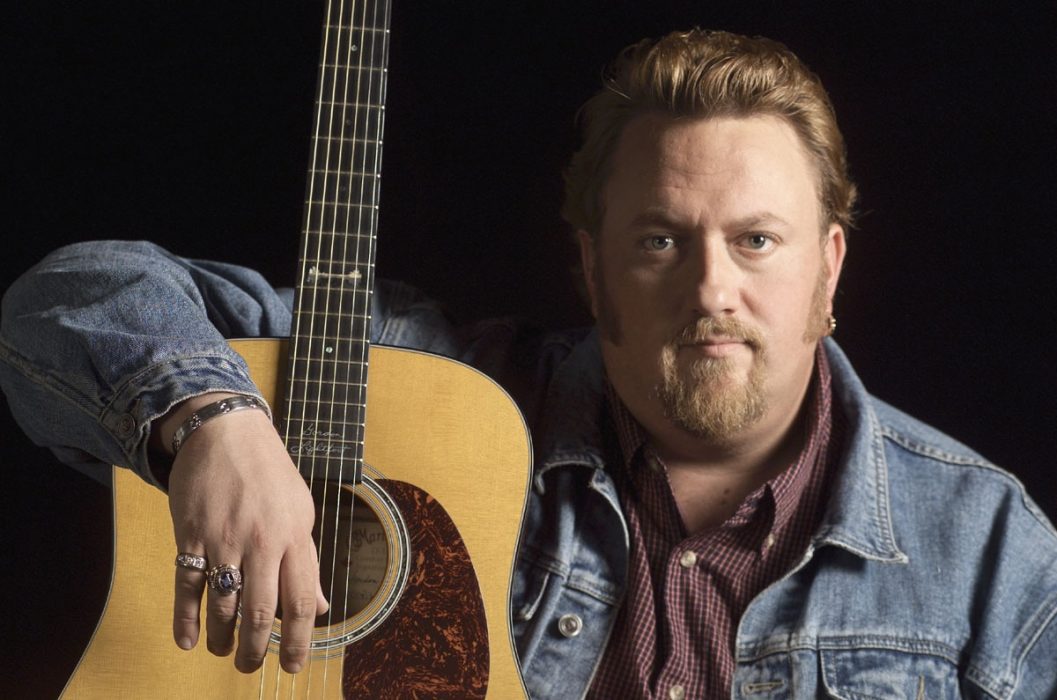Canadian composer’s Into the Wonder Premieres
By Alex Jackson
Considered one of the most exciting Canadian composers of his generation, Jordan Pal premieres his latest composition Into the Wonder at the Thunder Bay Community Auditorium on March 5. The Walleye caught up with Pal to discuss Into the Wonder and his collaboration with the Thunder Bay Symphony Orchestra.
The Walleye: Can you give us your perspective on your composition Into the Wonder? What is it about this debut piece that you find special, and what do you think audiences will love most about it?
Jordan Pal: I’ve always been awestruck by the sheer magnitude of our universe, the creativity of life, and the interconnectedness of all matter. Whether it’s vast stellar nurseries – the remnants of once great celestial giants – busily churning gas and dust into new stars, or the joy and pain of a mother in labour, everything is connected, and it’s all so incredibly beautiful. Evoking birth and death, creation and destruction, universal interconnectedness and the rapture of love, Into the Wonder attempts to capture through sound the mystery, awe and wonder of life.
Whether you live in rural Canada or an urban centre, Canadians cannot escape the connection we share with the natural world. The basis for much of my recent musical output stems from the idea that nature can stir our emotions in a deep and profound way. I think that art has the power to remind us of the scale and beauty of it all. Nature’s own great works of art are reminders that we are a part of this magnificent range of possibilities, that we are part of something much greater. Recent pieces, including my triple concerto, Starling [the 2013 TBSO/Gryphon Trio commission], and the new work Into the Wonder, explore these themes. In these works, I try to evoke the splendour of nature by representing through music the non-linear, boundless, and instinctual processes at work in the natural world.
TW: I understand that this is your second world premiere with the Thunder Bay Symphony Orchestra. Do you have any thoughts about collaborating with the TBSO, and what, if anything, might have drawn you to work with them again?
JP: The TBSO and Music Director Arthur Post are wonderful collaborators. Not only are they a great group of musicians, they have an interest in new music and are eager to explore new and existing works by Canadian composers. And as a smaller, Beethoven-ish size orchestra (plus trombone), they have a remarkable chamber-like dynamic. This affords the composer a degree of flexibility in the writing that you might not encounter with some larger orchestras.
TW: Why did you choose to debut Into the Wonder in Thunder Bay?
JP: Into the Wonder came about through a discussion with TBSO Music Director, Arthur Post. Following Starling, my previous TBSO commission, Arthur was interested in commissioning me to write a new work for the orchestra. Having been to Thunder Bay a few times, it’s a perfect place to premiere Into the Wonder. Like Starling, Into the Wonder explores themes of the natural world, themes that I think are so important to regional audiences in Northwestern Ontario, and across Canada.
TW: Why do you feel that pairing Into the Wonder with Beethoven’s “Fidelio Overture ” and “Piano Concerto No. 5, “Emperor” might make for a great experience when taken together as part of Beethoven’s “Emperor”? What is it about your work that might compliment these two classics?
JP: Unlike Starling, which was inspired in some ways by the Beethoven Triple Concerto, I didn’t look to the “Emperor” or “Fidelio” in preparation for Into the Wonder. However, as a composer, I am deeply connected to Beethoven’s work and his compositional thinking. Although you might not hear any Beethoven in this new piece, he is certainly there at a deeper structural level. Moreover, perhaps the contrast in styles between my work and Beethoven’s will offer the audience something interesting. Even though there are musical lines and gestures in my piece that I think will be fairly immediate in the listener’s ears, I’ve explored some strange and colourful sound worlds that I hope will be meaningful for its listeners.
TW: In my research about you, I’ve read a few quotations that have complimented your creativity and skill, as well as your versatility among other traits. What would you say is your greatest strength as a composer?
JP: I wouldn’t feel comfortable commenting on any of my strengths – being one of those highly self critical artists, I actually find it very difficult to be objective about my abilities. But, I can comment on what I am trying to do through my music. Contemporary classical music is a very diverse music. There is the ultra modern, the avant garde, spectral music, minimalism, etc. – there are a variety of styles and practices, too numerous to name here. Ever since I began discovering my musical voice, I’ve tried to synthesize – in a meaningful way – all that is available to us. My music attempts to bridge tradition with innovation. We love the music of the common practice period so much, the music of Beethoven, Brahms, Sibelius, etc. This is because harmony and meter are centralized to the work, the musical discourse is elevated, melody is accessible – all in the name of instilling great drama in the work. Some contemporary classical music has earned a bad rap because people feel that it lacks many of the parameters that you might feel makes music beautiful. You can absolutely argue that beauty comes in many forms. For me, I’ve always wanted to capture the drama and intensity central to so much of the great classical repertoire, but combine it with recent innovations in sound, instrumental techniques, and musical structures. There’s an incredible amount of beautiful music happening around the globe – I want my music to somehow capture that universality…something I’m working towards.
TW: How have you reacted to your fame and success as a young Canadian composer? Is it hard to stay grounded when you read positive feedback calling you “one of the most exciting Canadian composers of his generation” among other praise?
JP: Not sure what fame in the classical contemporary composition world is, but that relentless, self-critical voice I’ve got in my head does a good job.
TW: What do you find most challenging about your line of work, and what do you find most rewarding?
JP: Rewarding: easy, the opportunity to work with and learn from orchestras and brilliant musicians across our country, hear a new piece for the first time, and communicate with an audience through my music.
Challenging: trying to live up to the music you envision in your mind’s ear, which evolves as you evolve.
TW: Do you have any final thoughts about the debut of Into the Wonder and the Beethoven’s “Emperor”concert as a whole?
JP: Into the Wonder uses electronics (via the pianist’s part; a keyboard midi controller connected to my laptop) and strange percussion (e.g. a giant, 10 foot tall steel sheet) to produce “otherworldly” sounds that enhance, augment and reinforce the sound of the orchestra. I’m really looking forward to hearing that! Also, the sound of the orchestra in the Thunder Bay Community Auditorium is fantastic – you’re really lucky to have such a great hall and orchestra!















